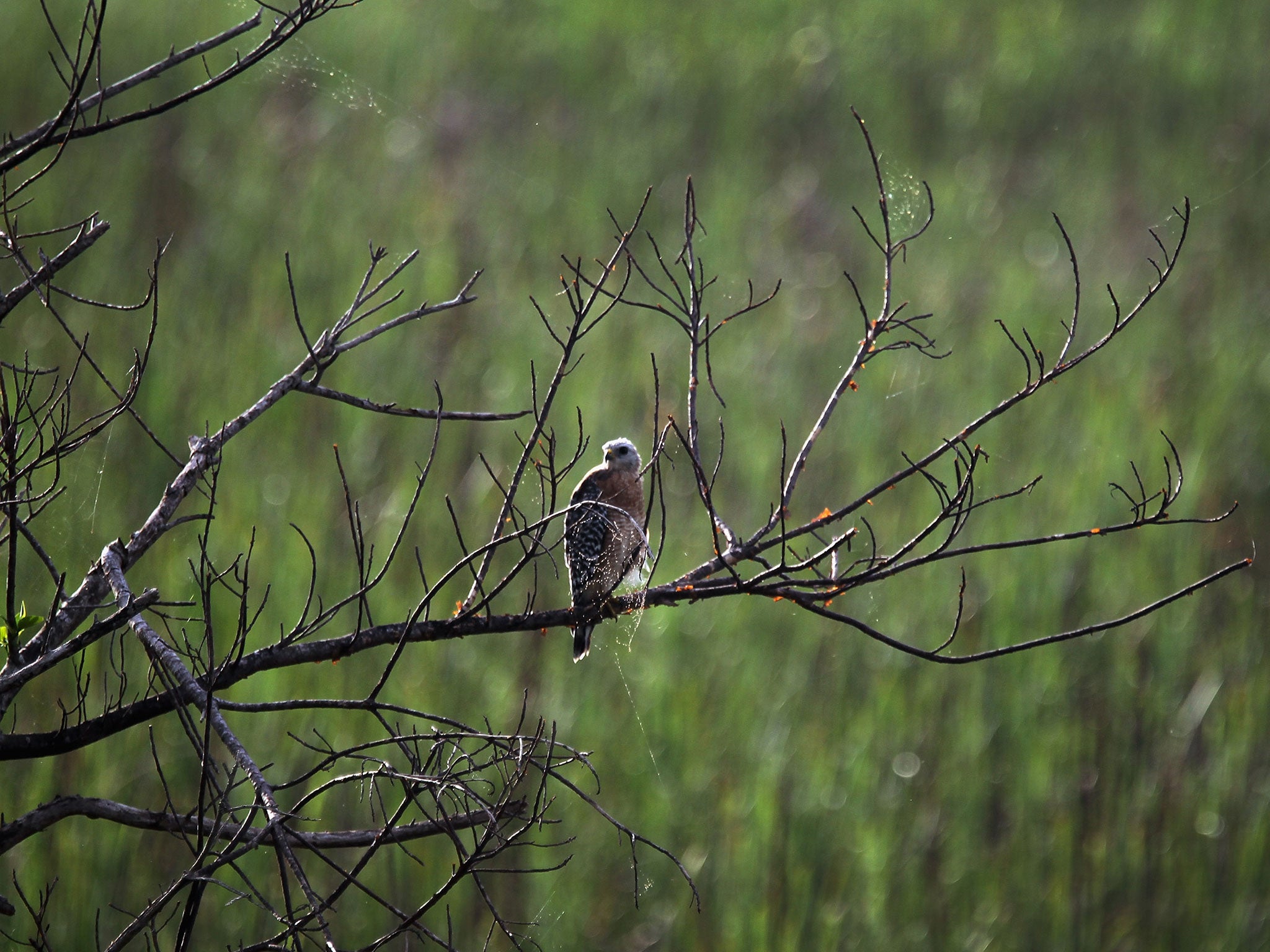Beetles carrying fungus wiping out trees in the Everglades
Hundreds of thousands of trees have died in Florida as a result of the fungus

Your support helps us to tell the story
From reproductive rights to climate change to Big Tech, The Independent is on the ground when the story is developing. Whether it's investigating the financials of Elon Musk's pro-Trump PAC or producing our latest documentary, 'The A Word', which shines a light on the American women fighting for reproductive rights, we know how important it is to parse out the facts from the messaging.
At such a critical moment in US history, we need reporters on the ground. Your donation allows us to keep sending journalists to speak to both sides of the story.
The Independent is trusted by Americans across the entire political spectrum. And unlike many other quality news outlets, we choose not to lock Americans out of our reporting and analysis with paywalls. We believe quality journalism should be available to everyone, paid for by those who can afford it.
Your support makes all the difference.A beetle-borne fungus which has felled trees across the Florida Everglades has made the fragile wetlands vulnerable to an invasion by exotic plants.
Experts do not know how to stop the fungus, meaning billions of dollars spent on restoring the Everglades, after years of destructive practices, is going to waste.
The laurel wilt fungus, spread by the redbay ambrosia beetle, was first identified in Miami’s western suburbs in 2011, but since then has killed 330,000 acres of swamp bay tress, the Guardian reported.
While the state has helped the commercial avocado industry to lessen the impact of the insects and the fungus they carry, experts cannot stop them from attacking swamp bay or redbay trees. Stopping the beetles from entering the US is the only solution, they argue.
Since 2002, hundreds of millions of redbay trees have been killed across six US states, Jason Smith, an expert in forest pathology at the University of Florida, said in a recent interview.
He added the impact of the beetle was “amazing”, particularly considering its size at around 2mm in length.
In an attempt to stop the devastation, Smith plans to collect cuttings and seed samples from living swamp bay trees in the Everglades National Park and plant trees resistant to the fungus.
The South Florida Water Management District, the state agency that oversees the restoration of the Everglades, also plans to boost its monitoring and maintenance of the tree islands where swamp bays are found.
But their efforts are hindered by plants invading areas where dead trees now lie, including the old world climbing fern, melaleuca, Australian pine and Brazilian pepper. The authorities fear the plants will transform the landscape into a vast thicket which will fuel forest fires, kill native plants, and offer not food for local wildlife. Out at sea, their roots can interfere with the nests of endangered sea turtles.
By invading the soil, the plants also make it difficult for the dead swamp bays to be replaced by new, resilient trees.
"We already have these problems with invasives that are almost too daunting. When you add laurel wilt to the mix, it's only going to get worse," Tylan Dean, chief of biology at Everglades National Park, told the newspaper.
Join our commenting forum
Join thought-provoking conversations, follow other Independent readers and see their replies
Comments